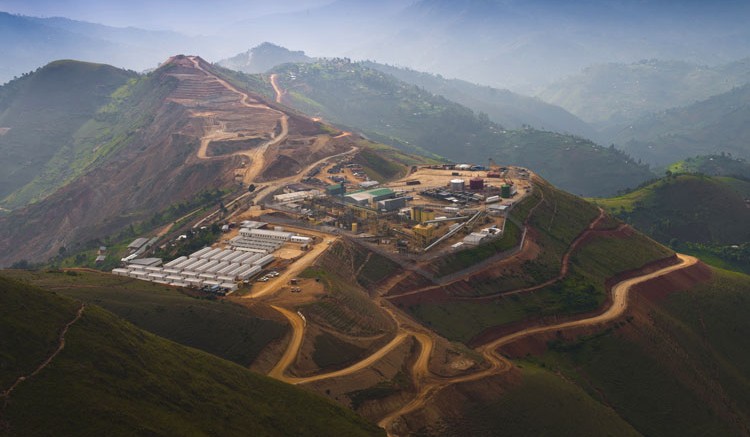Banro shares (BAA-T, BAA-X) slumped nearly 22% after the gold explorer announced the sudden departure of its president and CEO, Simon Village, after markets closed on March 6.
Banro has appointed John Clarke — a director since 2004, and a member of the board’s technical team — as interim president and CEO until it finds a permanent replacement.
In a corporate update on March 7, Clarke tried reassuring the company’s stakeholders and partners that business would continue as usual following the management changes.
But investors appeared unconvinced, as the update also revealed cost overruns at Namoya — the second gold mine that Banro is putting into production in the Democratic Republic of the Congo.
The company’s first producing asset and main priority is the Twangiza gold mine in South Kivu province, where it’s working to improve mill capacity to bring production to promised levels.
Twangiza — located in the 210 km Twangiza-Namoya gold belt, which hosts Namoya and two of its other gold projects — reached commercial production last August, after starting up in October 2011. The mine is ramping-up to produce 100,000 to 120,000 oz. gold annually.
To reach this target, the firm is optimizing the Twangiza plant and aims to install a crusher and sizer before April to improve throughput and minimize stoppages from congestion in the crushing circuit.
Four elution tanks will be added before June, increasing gold recovery levels to 88–90%, up from the 83% realized in the last three months of 2012, which saw 19,750 oz. gold produced from a head grade of 2.98 grams.
The upgrades could bring the plant to nameplate capacity, and meet the annual target for output.
At the southern end of the gold belt in Maniema province, Banro is developing the Namoya gold project. It has reported that sections of the road used to access the property have been damaged by heavy rains and require “substantial reconstruction, including bridge strengthening, or replacement.”
This has delayed getting plant parts to Namoya, and pushed back the first scheduled gold pour to the third quarter, from the first half of 2013. The extra costs relate to road repairs, transportation and construction overheads could add 15% to the base cost of US$185 million.
Banro plans to cover the additional expense with the financing it announced on Feb. 21, where it agreed to issue US$40 million in preferred shares to BlackRock World Mining Trust, and sign credit facilities with two African commercial banks totalling US$30 million. It is still working on the financing, previously expected to close on Feb. 28.
On the news, Banro shares lost 22%, or 49¢, to close March 7 at $1.78 on 6 million shares traded.


Be the first to comment on "Banro shares plummet as CEO exits"